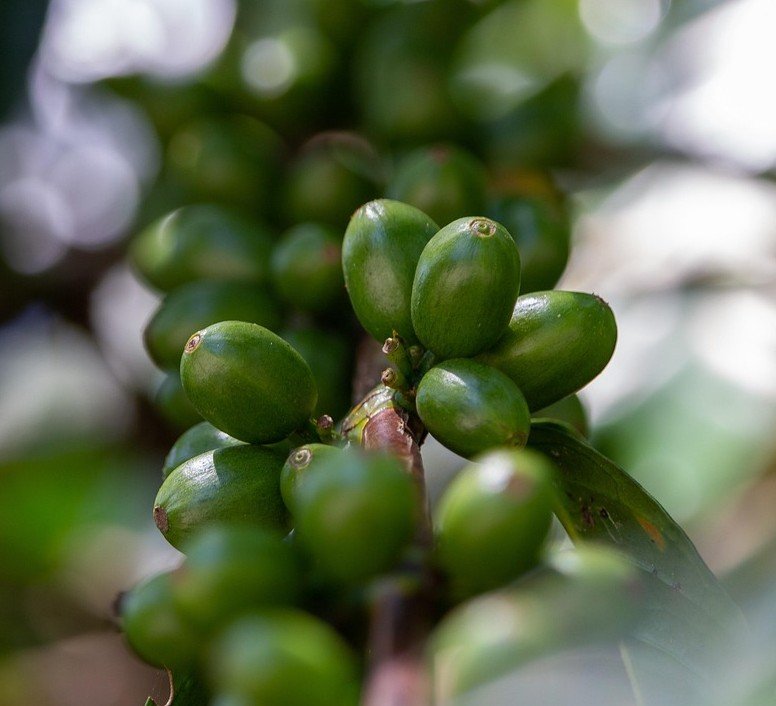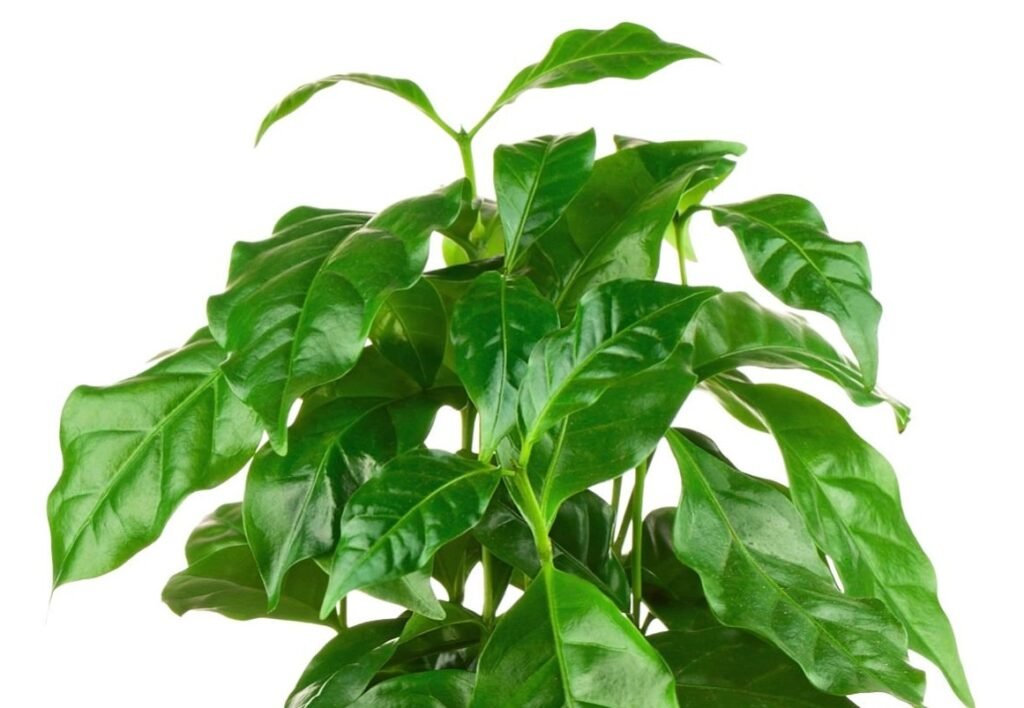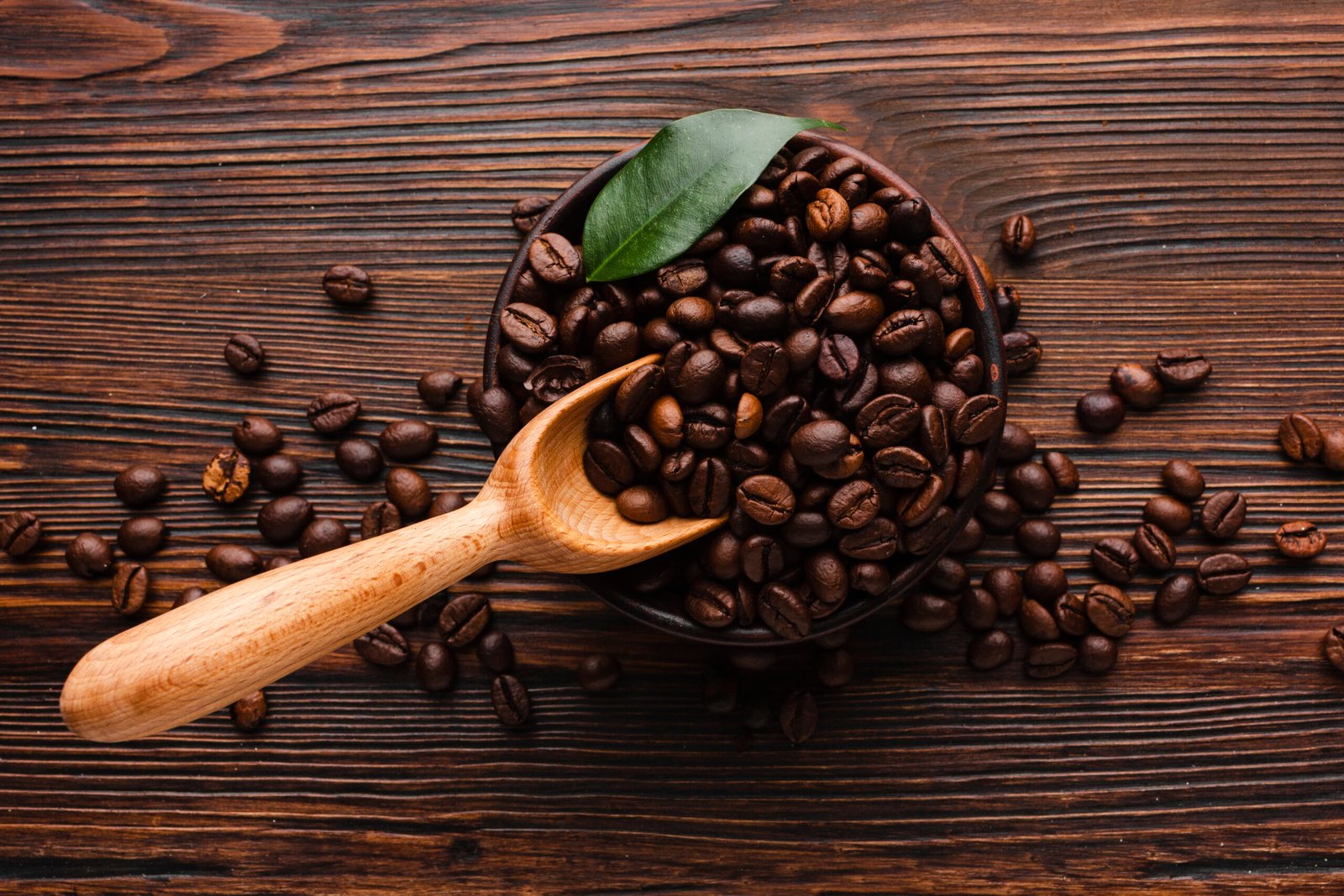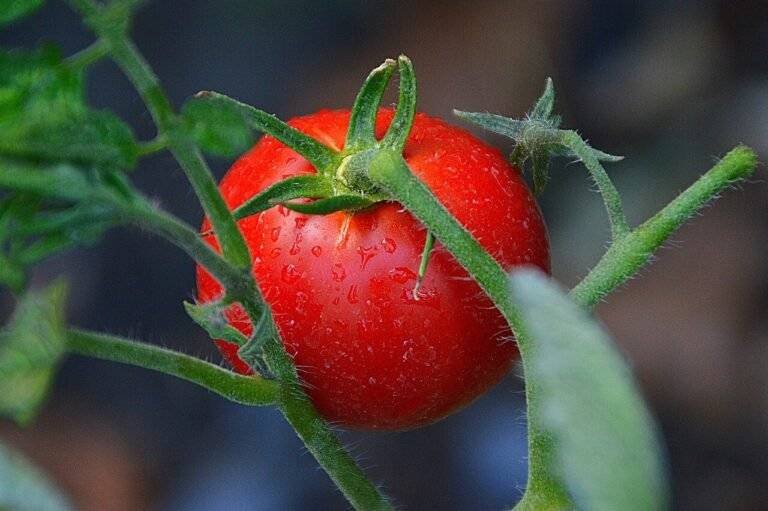Coffee Arabica
Coffee Arabica Plants Would Be Terrific As a Houseplant

Coffee The name is not only well-known to us most people are habituated to coffee in their everyday lives. But here I’m going to talk about little coffee plants that can increase the beauty and environment of my indoors.
Stunning beauty
If I talk bout the coffee plant with its beautiful glossy green leaves, fragrant white flowers, and shrubby habit, Coffea arabica makes a handsome and fun houseplant though the Native is to Ethiopia, the coffee plant Coffea Arabica will flower in the spring with small white flowers and then bear half-inch berries that gradually darken from green to blackish pods. Each of these fruits contains two seeds, eventually becoming the coffee beans you use to brew coffee. You can get it from nearby your larger nurseries.
Friendly Member:
Recently, I have added this little one as a green friend in my indoors to keep the spirits high and the energy up. The plant has many friendly Qualities which are Amazing..! This evergreen beauty can spread a sweet smell and can make feel greenery freshness. The plant does not give flowers indoors. But if it does, please do not pick the berries. They are poisonous if not processed correctly.
How do I develop my Coffee Arabica Plants?
A warm, bright, but indirect sunlight spot I choose for my plant. Because they’re best grown as house plants or in a greenhouse, a conservatory or light bathroom would be ideal for a coffee plant as they like bright light and humidity. Their ideal growing temperature is 16-24ºC. Water regularly, keeping the compost moist but not waterlogged. Feed every two to three weeks during the growing season with a liquid feed. To keep humidity levels high, I follow the process by standing the plant in a tray of pebbles filled with water and misting the leaves regularly.
How to Plant Coffee Arabica:
Report your coffee plant every two to three years. The best time to do this is in the spring. Pot on into the next container size up using loam-based, peat-free compost. The Coffea Arabica can be propagated from seeds or cuttings. For cuttings – select a straight shoot about 8 to 10 inches long and remove all but a pair of upper leaves. Then, plant the cutting in a small pot of soilless potting mix, and keep the soil slightly moist. After planting, arabica trees mature in three to four years, when they produce their first crop. The arabica plant can continue to produce fruits for about 50 years, although the fruit yield decreases significantly after about 30. Coffee bushes grow best with a rainfall of around 1,500 – 2,000 liters per square meter and dosed sunlight. Ideally, coffee plants are planted on slopes or in forest gardens. There, the bushes grow between shade trees, or on plantations under nets that provide.
Soil:
Coffee plants prefer a well-draining potting mix that is rich in organic matter like compost or worm castings. Be sure to report your coffee plant every year or two to ensure that it has enough room to grow and to refresh the soil.
How to prune:
In the wild, coffee plants will grow to 4-8m over five to 10 years, but when grown indoors in a pot, they can be pruned to keep them to a manageable size. Cut back in the spring. Cut stems at a 45-degree angle just above a leaf joint.
Coffee Arabica Plants can be pests and diseases
Coffee plants can be affected by glasshouse red spider mite, which feeds on the sap of the plant. This causes leaf drop and mottled leaves. These mites thrive in warm conditions and are usually a problem during the growing season. Look out for fine webbing on the leaves and stems as well as mites and eggs on the underside of leaves. Take preventative action by spraying with water to increase humidity. Biological controls are available to deal with infestations.
Bacteria Xylella fastidiosa: Coffee plants are at high risk of carrying a bacterium called Xylella. This can cause dieback, leaf scorch, and ultimately kill the plant. Source your plant from a reputable nursery and check that your plant is UK-grown. Plants that have been raised in the UK are at low risk of this disease.
buying a coffee plant
Coffee plants are available from several house plant nurseries
Alternatively, you can buy seeds from specialist nurseries and grow the plants yourself
Buy from well-known nurseries and check your plant is healthy on arrival, with no pests.
There is a dwarf variety available, Coffea arabica ‘Nana,’ which is a good choice for indoor growing and will require less pruning.



The solution for the weak stems of the Arabica coffee plant
If your Arabica coffee plants have weak stems, it may be due to several common factors. Here’s what might be causing it and how you can address the issue: Coffee plants require bright, indirect sunlight. Weak stems often result from plants stretching toward light. Move the plant to a brighter spot with filtered light. If indoors, position it near a south or east-facing window or use a grow light. Avoid overwatering, as consistently soggy soil can weaken the roots and lead to soft, spindly stems. Allow the top inch of soil to dry out before watering again, and ensure your pot has adequate drainage. Poor soil or nutrient deficiency can also lead to weak, slow growth; a lack of nutrients, especially nitrogen and calcium, can be detrimental. Use a well-draining, nutrient-rich soil mix, and feed monthly during the growing season with a balanced liquid fertilizer (10-10-10 or similar). Temperature stress is another factor: Coffee plants prefer warm, stable temperatures between 65–75°F (18–24°C). Keep the plant away from cold drafts or heat vents, and avoid temperature drops below 50°F (10°C). If air circulation is limited or the plant is crowded, it can encourage mold or weak stems. Space the plants appropriately, and occasionally rotate them. Use a small stake to gently support very young or floppy stems. In terms of natural growth stages, young coffee plants often start thin and leggy, but as the plant matures, the stems should thicken naturally. Occasionally pinch off the top growth to promote bushier growth.
When selecting the best pot type for Arabica coffee plants as an indoor plant, consider these options:
- Terracotta or Clay Pots: Great for airflow and preventing overwatering, but they dry out faster, so be careful with your watering.
- Plastic Pots: Retain moisture longer and are suitable for dry environments.
- Ceramic Pots (with drainage holes): Stylish and functional, but they tend to be heavier.
For young plants, start with a pot around 6–8 inches (15–20 cm) wide. For mature plants, gradually move to a 10–12 inch (25–30 cm) pot as the plant grows. Avoid going too big too fast to prevent overwatering and root rot. The pots must have drainage holes at the bottom. Avoid pots without drainage unless you intend to use them as decorative covers (with a plastic inner pot that drains). Choose a deep pot rather than a wide, shallow one, as coffee plants prefer to develop a deep root system. A saucer or tray beneath the pot will catch excess water, and you might consider using a potting mix suited for acid-loving plants like African violets or citrus.
Related Post
Cherry Peppers
Cherry Peppers Do you Love cherry? Of course, I do love and It’s so yummy…
Tomato
Know the Growing Result Of Tomato | Proper Guideline. Table of Contents Add a header…
Bearss Lemon
Bearss Lemon Tree Table of Contents Add a header to begin generating the table of…



